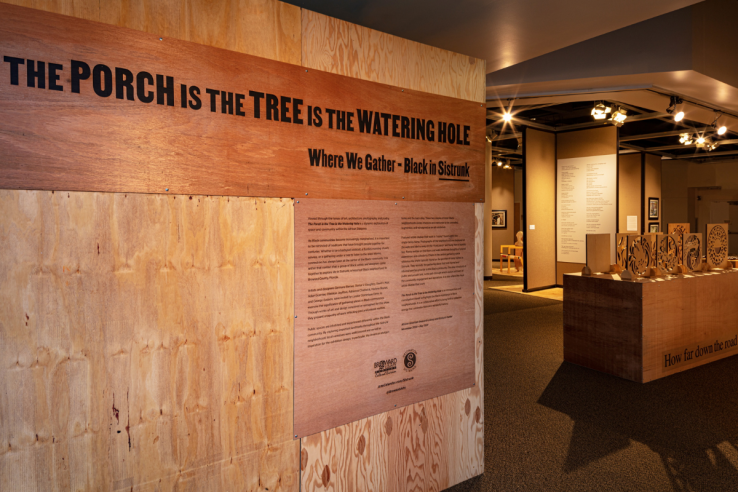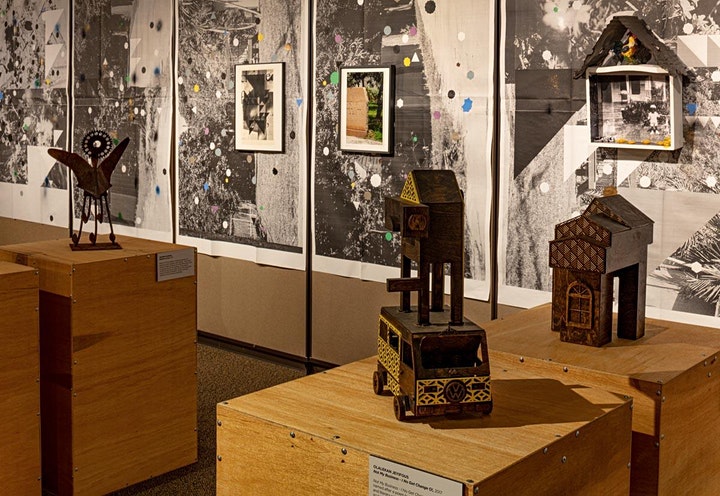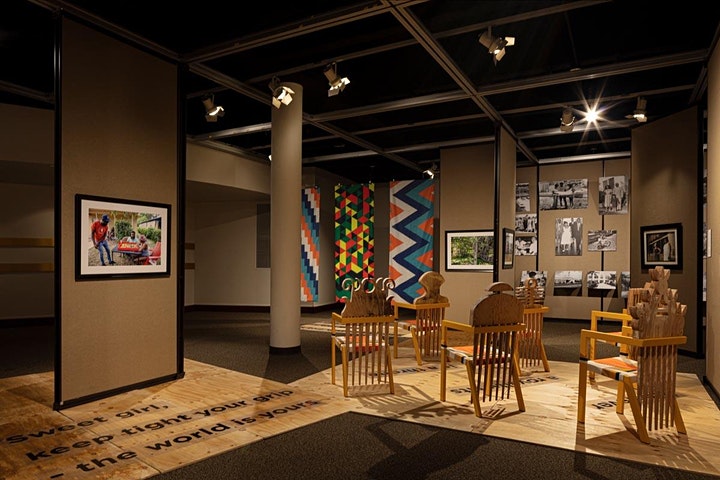

Viewpoints: Expressions of an artist community
November 13, 2021 through March 27, 2022.
In celebration of its 35th anniversary season, Bakehouse presents Viewpoints: Expressions of an artist community, a group exhibition co-curated by visual artist Edouard Duval-Carrié and Bakehouse Curatorial + Public Programs Manager, Laura Novoa. The exhibition showcases twenty-five Bakehouse artists working predominantly in two-dimensional media, including painting, drawing, print-making, and photography. Duval-Carrié and Novoa draw on recent work to examine the creative output of a community and the way its constituent artists have navigated the changes and challenges of the last year and a half.
Recognizing the organization’s long tradition of group exhibitions and considering its current and future role as a local hub for art and art-making, Viewpoints hints at the array of individual styles and affinities coexisting in a shared space and how this diversity has come to define the spirit of the artists working, producing, and communing within Bakehouse.
Participating artists include Jason Aponte, Maria Theresa Barbist, Thomas Bils, Lujan Candria, Alain Castoriano, Rose Marie Cromwell, Gabriela Gamboa, GeoVanna Gonzalez, Adler Guerrier, Gonzalo Hernandez, Monique Lazard, Rhea Leonard, Amanda Linares, Philip Lique, Nicole Maynard-Sahar, Patricia Monclus, Najja Moon, Mateo Nava, William Osorio, Christina Pettersson, Jennifer Printz, Sandra Ramos, Nicole Salcedo, Tonya Vegas, and Almaz Wilson.













